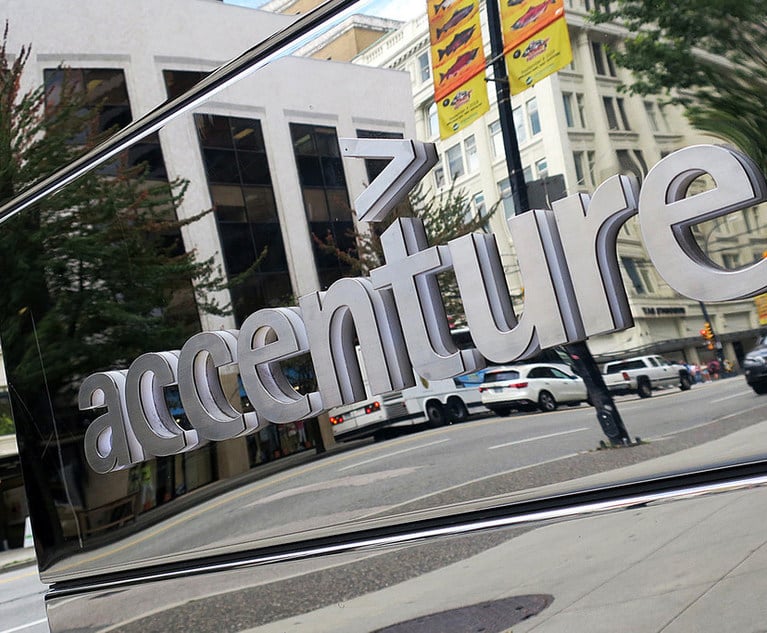Electronic discovery has been called many names over the years. “Expensive,” “burdensome” and “endless” are just a few of the adjectives that, rightly or wrongly, characterise this relatively new process. Yet a more fitting description may be that of a glass house since the rights and responsibilities of eDiscovery inure to all parties involved in litigation. Indeed, like those who live in glass houses, organisations must be prepared for eDiscovery stones that will undoubtedly be thrown their way during litigation. This potential reciprocity is especially looming for those parties who “cast the first stone” with accusations of spoliation and sanctions motions. If their own eDiscovery house is not in order, organizations may find their home loaded with the glass shards of increased litigation costs and negative publicity.
Such was the case in the blockbuster patent dispute involving technology titans Apple and Samsung Electronics. In Apple, the court first issued an adverse inference instruction against Samsung to address spoliation charges brought by Apple. In particular, the court faulted Samsung for failing to circulate a comprehensive litigation hold instruction when it first anticipated litigation. This eventually culminated in the loss of emails from several key Samsung custodians, inviting the court’s adverse inference sanction.








